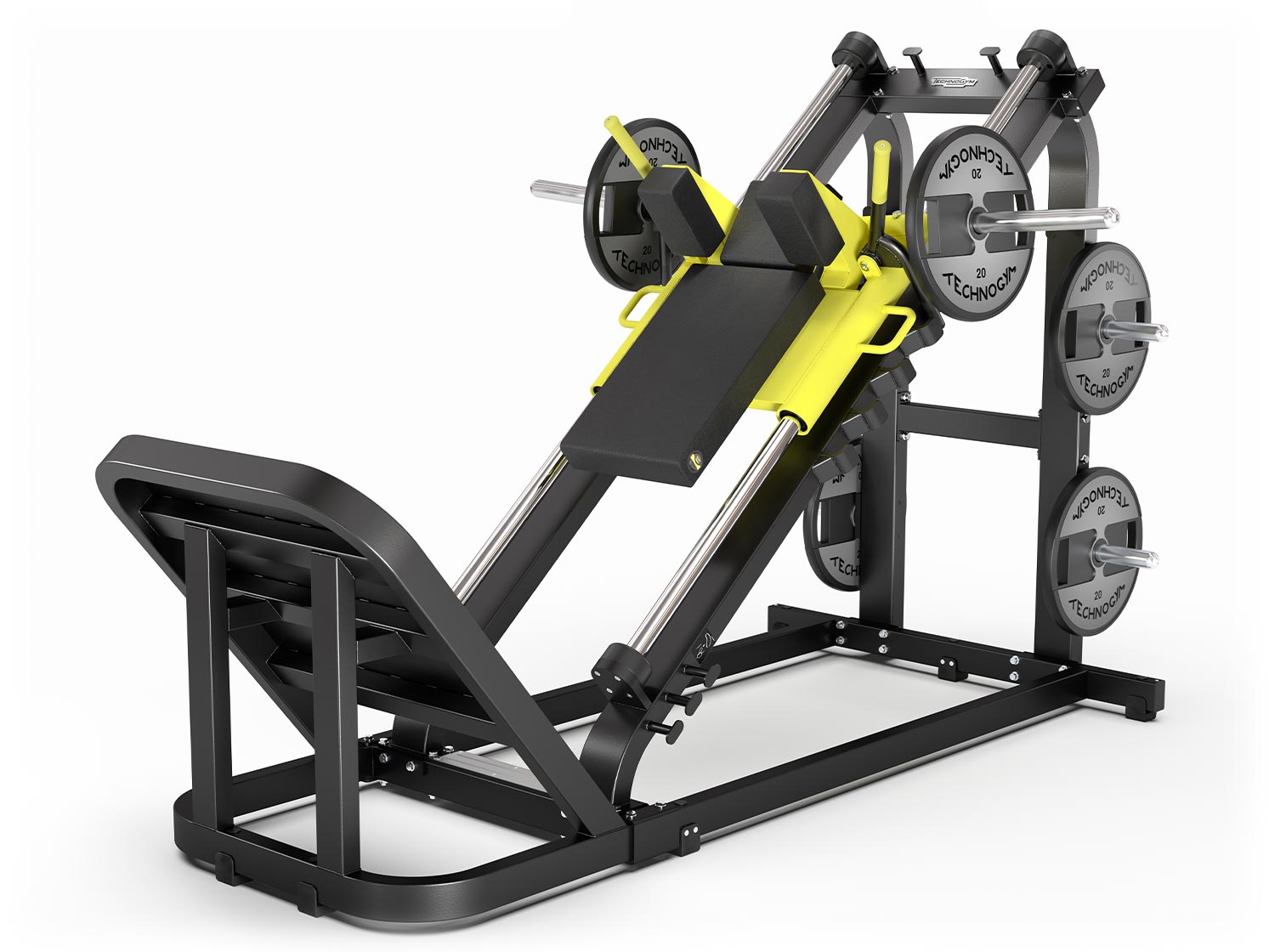Factors to Consider When Choosing a Glute-Focused Chair

Let’s be honest, we’ve all spent far too long slumped in chairs that treat our glutes like forgotten step-siblings. It’s time for a glute-centric revolution! Choosing the right chair isn’t just about comfort; it’s about optimizing those all-important gluteal muscles for peak performance (and looking fabulous in those jeans). This guide will help you navigate the surprisingly complex world of glute-activating seating.
Seat Height
The perfect seat height ensures your hips and knees form a 90-degree angle. Too low, and your glutes are practically taking a nap. Too high, and you’re putting unnecessary strain on your thighs and back. Aim for a seat height that allows your feet to rest flat on the floor. For most adults, this falls between 16-20 inches, but individual leg lengths vary, so adjust accordingly. Think of it as Goldilocks and the Three Chairs – not too high, not too low, just right!
Backrest Angle and Lumbar Support
A slightly reclined backrest (around 100-110 degrees) encourages better posture and helps engage your glutes. A straight-up-and-down backrest is a recipe for a posterior slumber party. Crucially, adequate lumbar support is non-negotiable. A curved backrest that conforms to the natural curve of your lower back prevents slouching and keeps your glutes firing. Imagine your lumbar support as a personal glute cheerleader, constantly reminding them to work! Look for chairs with adjustable lumbar support for maximum customization.
Materials: Foam Density and Fabric Breathability
Forget those flimsy office chairs that leave you feeling like you’ve been sitting on a deflated balloon. Firm, high-density foam provides the necessary support to maintain proper posture and keep your glutes engaged. A chair with low-density foam will sink and lose its shape, hindering your glute-activation goals. Think of it this way: you want a chair that gives your glutes a supportive hug, not a marshmallowy surrender. Also, breathable fabric is essential, especially for longer sitting periods. Nobody wants a sweaty glute situation.
Chair Selection Checklist
Before you plop down your hard-earned cash, use this checklist to ensure your new chair is truly glute-friendly:
- Seat Height: Measure your leg length and aim for a 90-degree angle at the hips and knees.
- Backrest Angle: Look for a slightly reclined backrest (100-110 degrees) with adjustable lumbar support.
- Foam Density: Choose a chair with firm, high-density foam for optimal support.
- Fabric Breathability: Opt for breathable materials to avoid excessive sweating.
- Body Type & Activity Level: Consider your individual needs. A larger individual might require a wider seat and more robust support than a smaller person.
- Trial Run (if possible): Sitting in a chair for a few minutes before buying it can save you from a lot of future discomfort.
Remember, finding the perfect glute-focused chair is an investment in your comfort and well-being (and your killer glutes!).
Exercises and Activities to Enhance Glute Strength While Using the Chair: Best Chair For Glutes

So, you’ve got yourself a glute-focused chair – fantastic! But let’s be honest, just sitting on it isn’t going to magically sculpt those glutes into prize-winning peaches. We need to put in a little (okay, maybe a moderate amount) of effort. These exercises, performed while seated, will help you maximize your chair’s potential and unleash your inner gluteus maximus.
Seated Glute Squeezes
This exercise is deceptively simple, but incredibly effective. Imagine you’re trying to crush a walnut between your glutes – that’s the level of intensity we’re aiming for. Start by sitting upright in your chair, feet flat on the floor. Then, squeeze your glutes as hard as you can, hold for a count of five, and release. Repeat this 10-15 times. This targets the gluteus maximus directly, improving strength and improving activation even when you’re not consciously engaging them. Image description: A person sitting upright in a chair, their back straight, feet flat on the floor. Their buttocks are visibly tightened.
Seated Leg Raises
This exercise takes things up a notch. Sit tall in your chair, feet flat on the floor. Keeping your back straight and core engaged, slowly lift one leg off the floor, bending your knee at a 90-degree angle. Hold for a count of three, then lower slowly. Repeat 10-12 times per leg. This works not only the glutes, but also your hamstrings and core for extra stability. Image description: A person sitting in a chair with their back straight. One leg is lifted with the knee bent at a 90-degree angle. Their other leg is planted firmly on the floor.
Chair Dips, Best chair for glutes
Now we’re getting into the slightly more adventurous exercises. Sit on the edge of your chair, hands gripping the edge of the seat slightly behind you. Slowly slide forward, until your bottom is just off the seat. Now, use your glutes and thighs to push yourself back up. Repeat 8-12 times. This exercise challenges your glutes and thighs in a dynamic way. Image description: A person is sitting on the edge of a chair, their hands gripping the seat slightly behind them. Their bottom is slightly off the chair, and they are in the process of pushing themselves back up.
Incorporating the Chair into Your Daily Routine
Don’t let your glute-enhancing chair gather dust! Here’s how to maximize its potential throughout your day:
Every hour, get up and do 10 seated glute squeezes. This is a quick, easy way to combat sedentary behavior and boost glute activation. Even if you’re just watching TV, you can incorporate these.
Every two hours, stand up and walk around for 5 minutes. This will help improve your posture and circulation.
While sitting at your desk, consciously engage your glutes for a few seconds every 15 minutes. This is a great way to maintain muscle tone throughout the day.
Remember to maintain good posture throughout the day, sitting upright and engaging your core muscles. This will help to prevent slouching and improve overall body alignment. This also helps to keep your glutes activated naturally.
